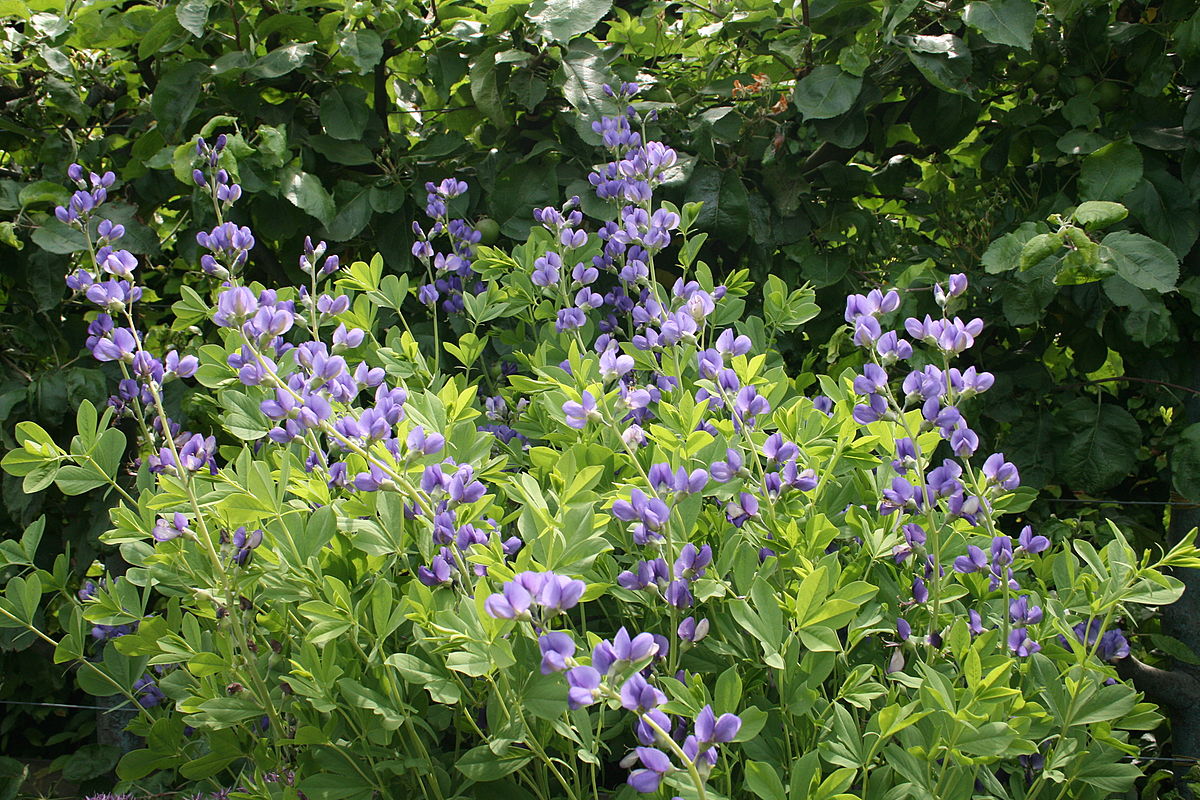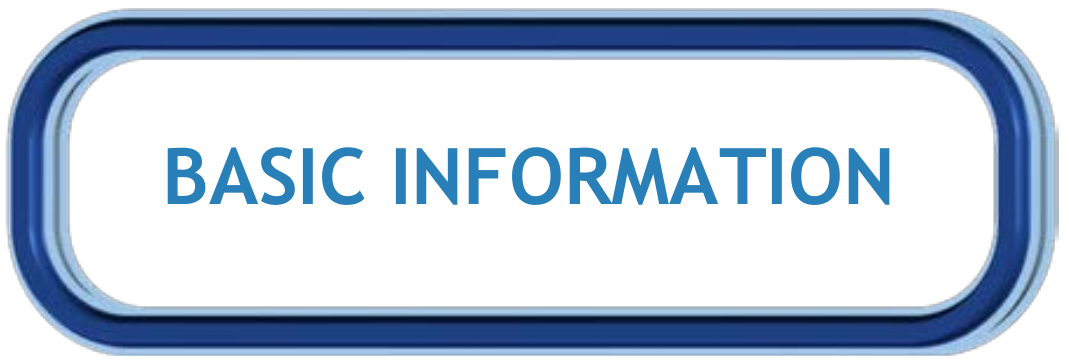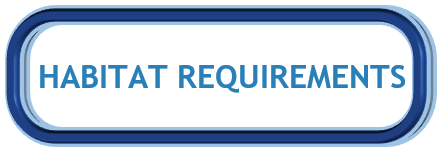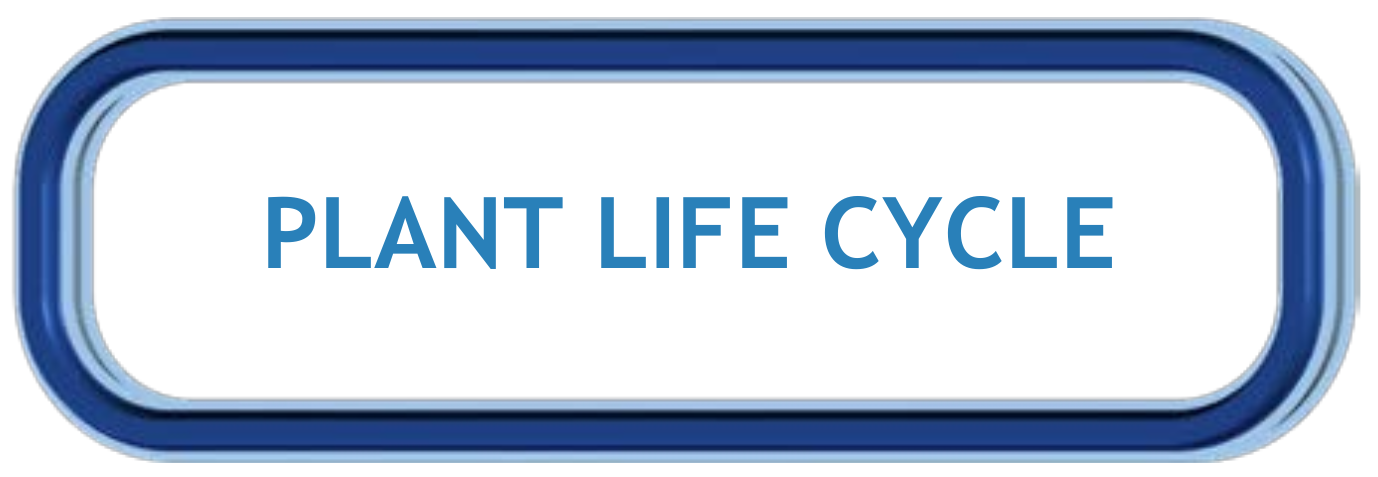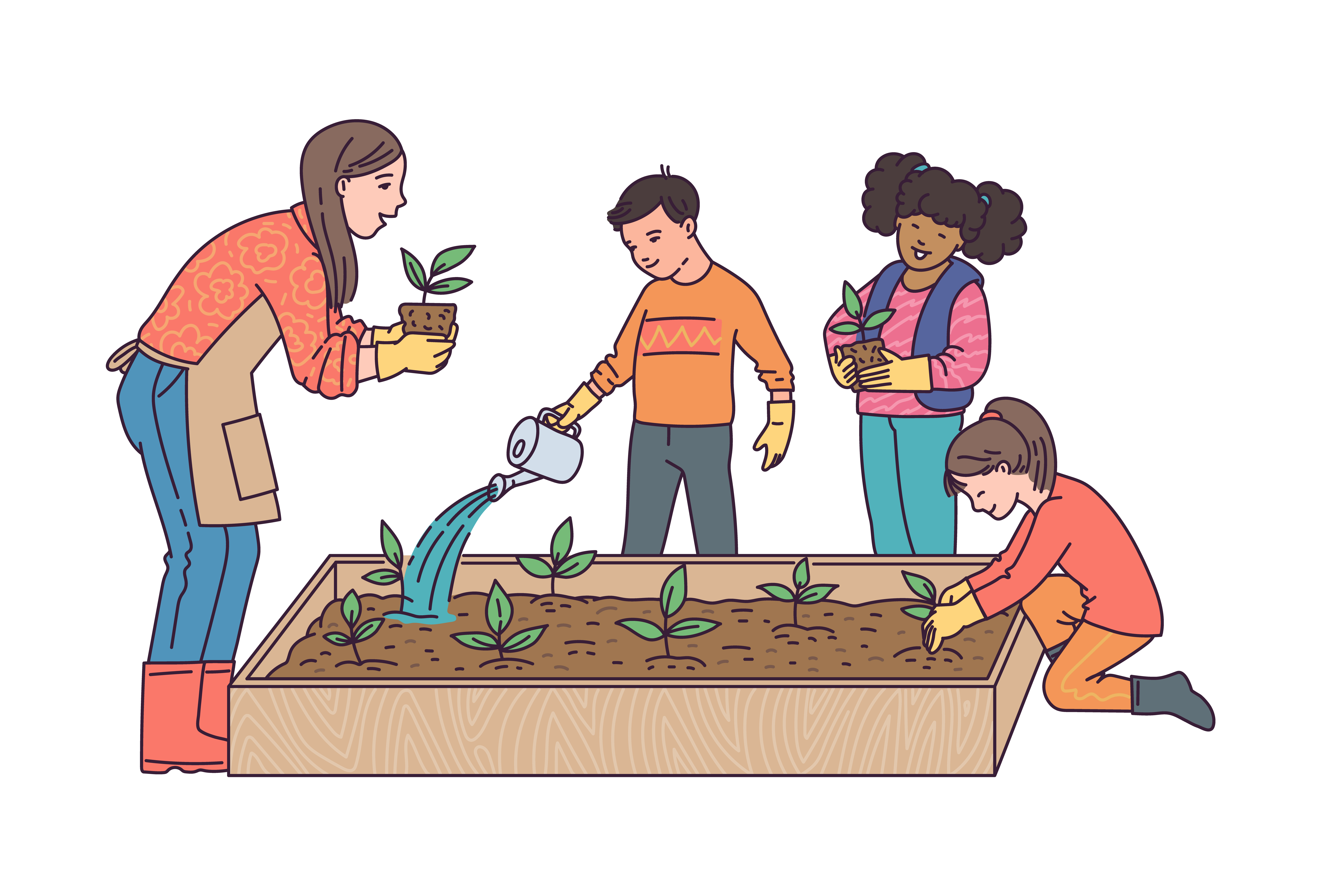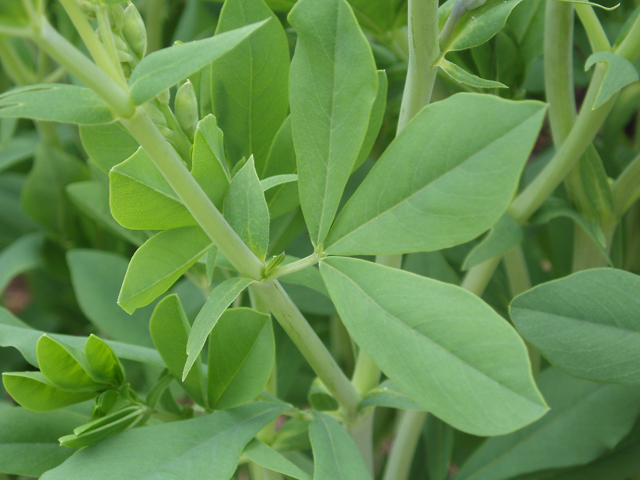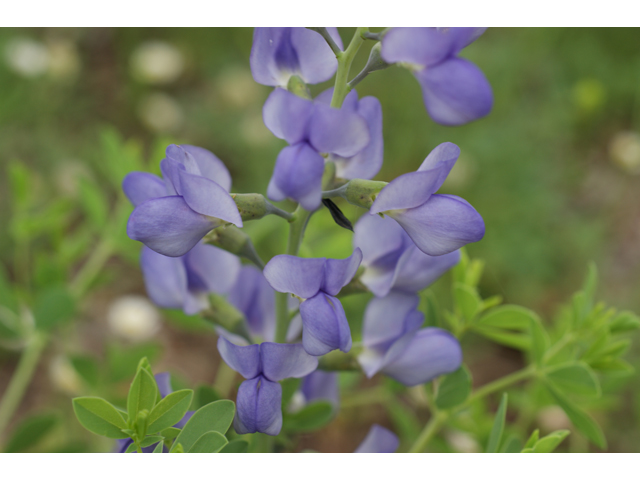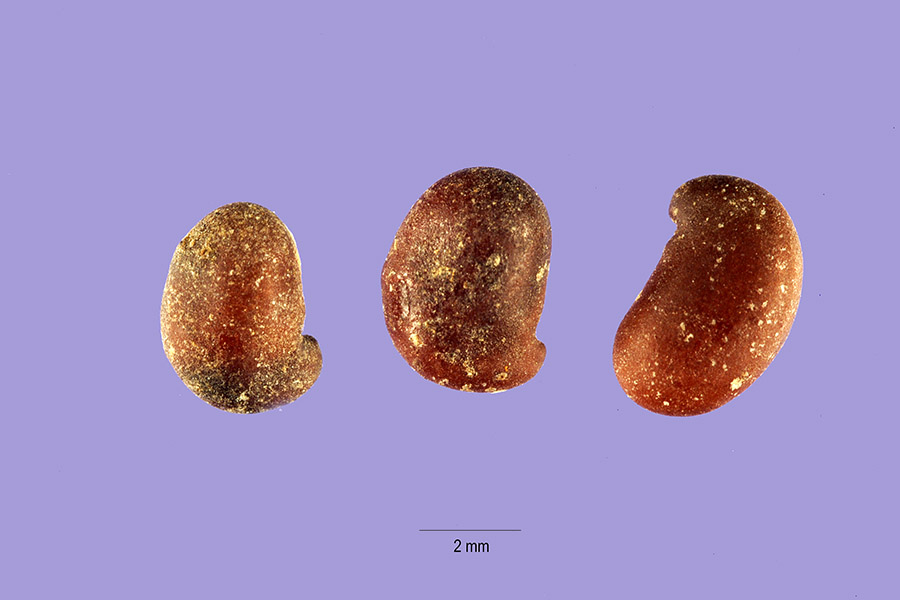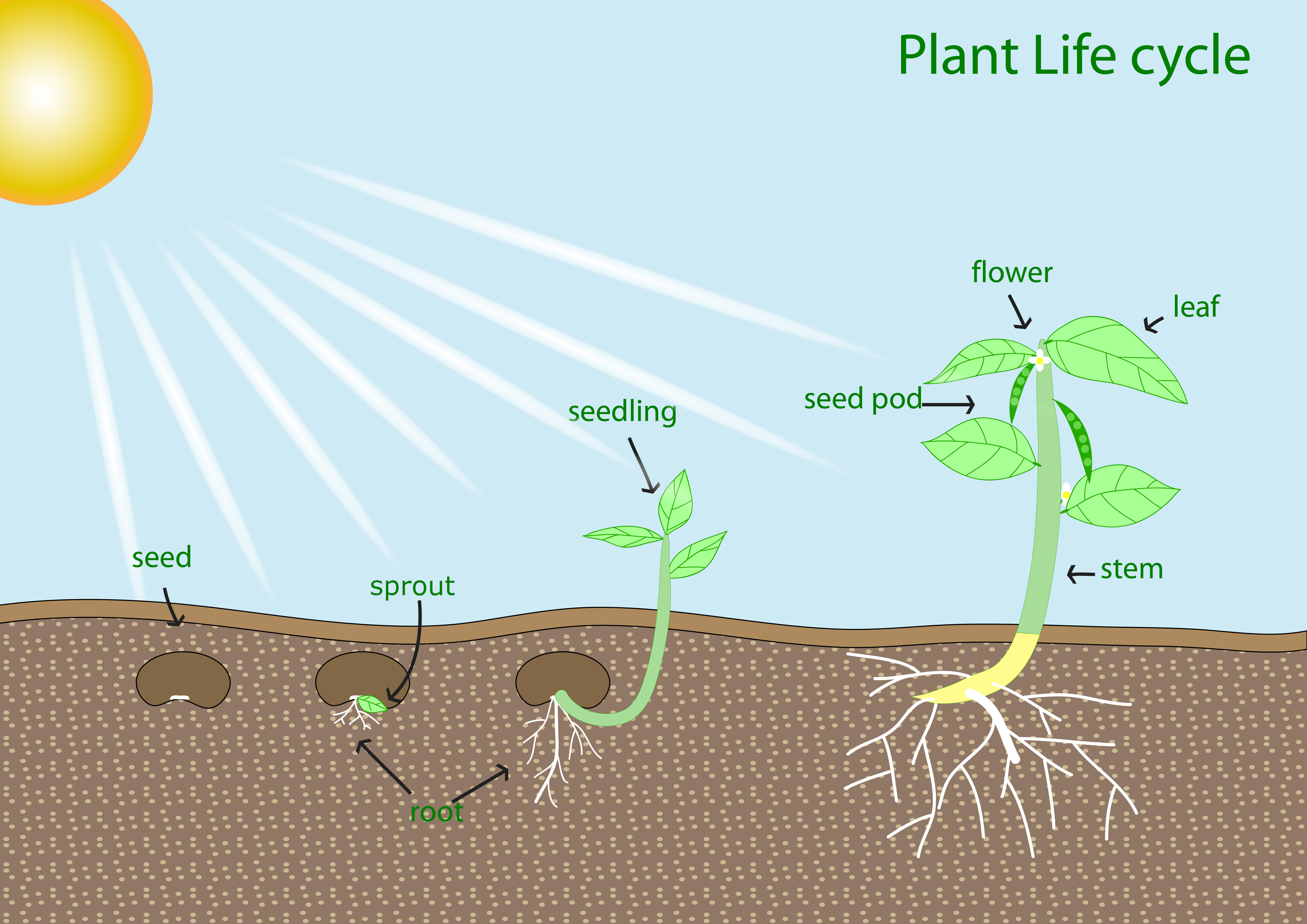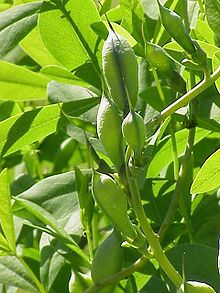Dig into Plants: Blue False Indigo
| Blue False Indigo Other Common Names: Blue Wild Indigo, Wild Blue Indigo Scientific Name: Baptisia australis Native to Alabama: Yes |
|
Wikimedia - Joah-Pol GRANDMONT Click on image to enlarge it |
Learn more about...
| Ecological Benefits | ||||
| This plant provides food for: | ||||
 |
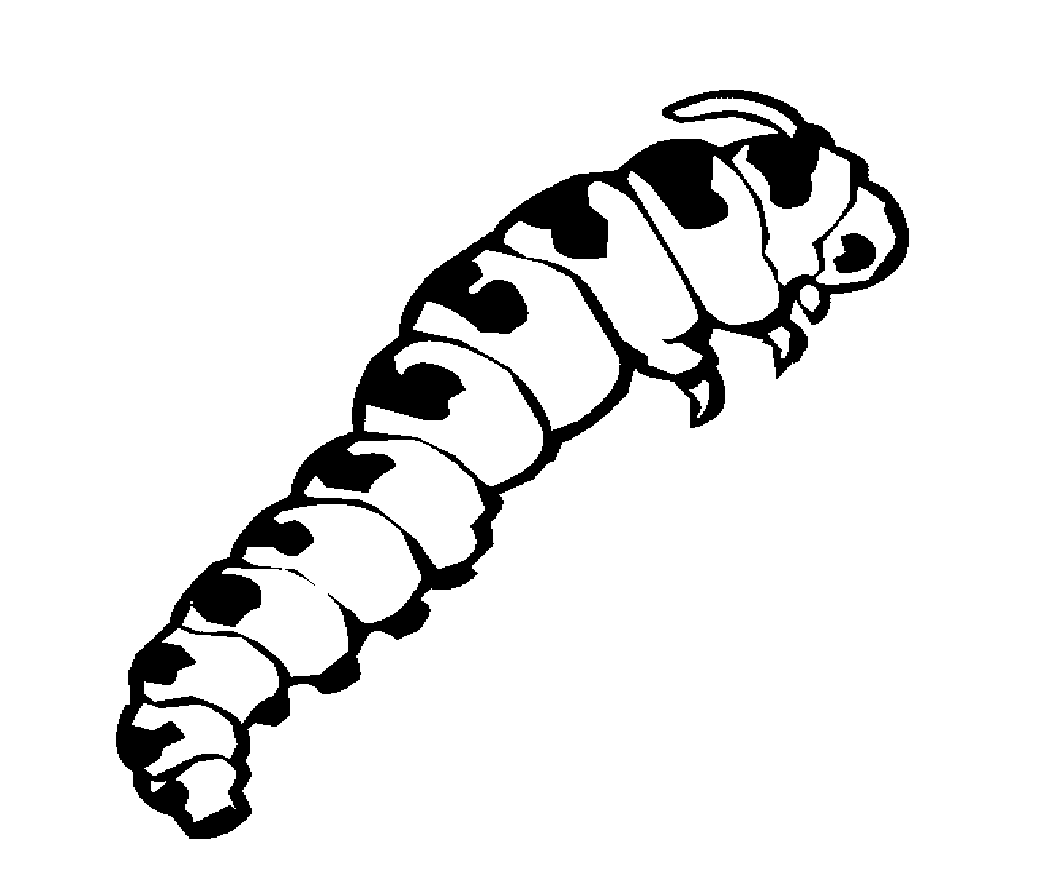 |
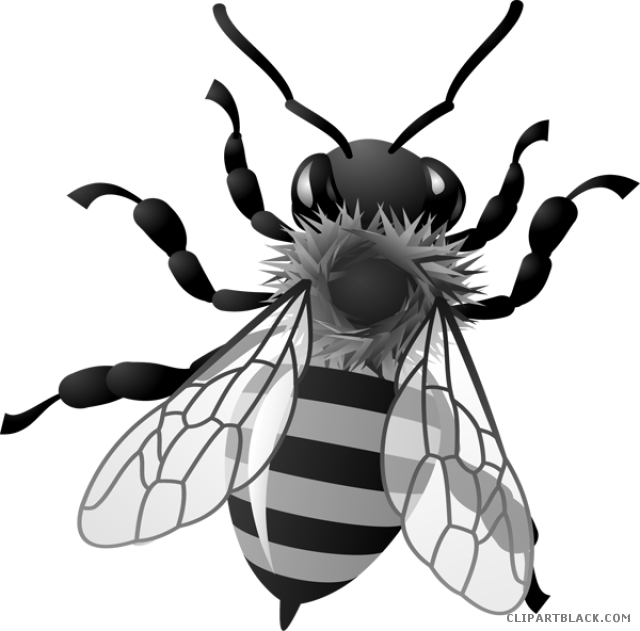 |
 |
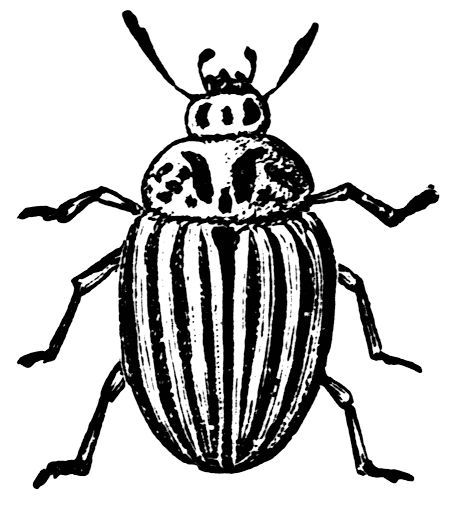 |
| Butterflies | Caterpillars | Native Bees | Hummingbirds | Other Pollinators |
| Wild Indigo Duskywing, Orange Sulpher, Clouded Sulpher, Frosted Elfin, Eastern Tailed-blue, Hoary Edge | ||||
| Other Plants Found in Alabama with Similar Ecological Benefits: |
|
|
White Baptisia
(Baptisia alba) |
Gopherweed (Baptisia lanceolate) |
 |
 |
| Habitat Requirements | |||
| This plant prefers: | |||
 (6+ hours of sun per day) |
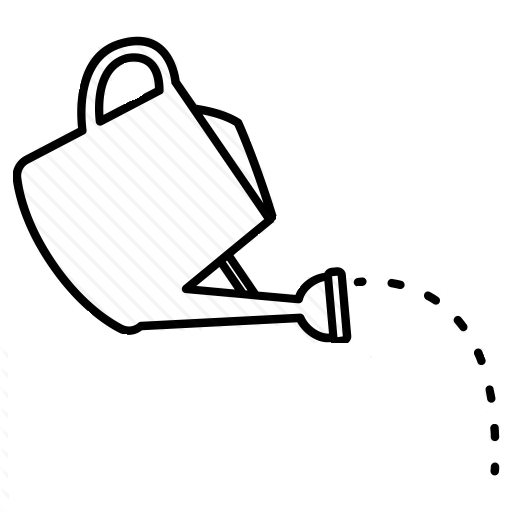
Average Watering |
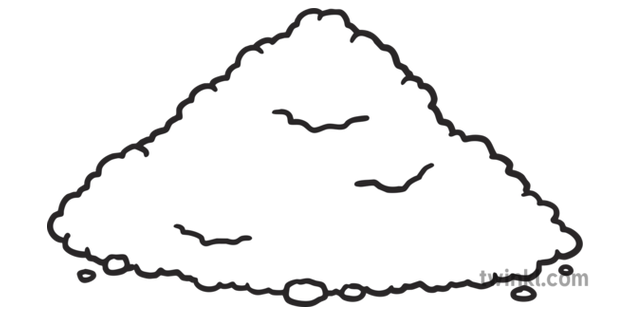 Well-drained, Clay, Limestone, Acidic, Well-drained, Clay, Limestone, Acidic, or Moist Soil |
|
| Leaf, Flower & Seed Identification | ||||
| LEAF DESCRIPTION |
Ladybird Johnson Wildflower Center
Julie Makin Click on image to enlarge it |
|||
| Leaf Characteristics Chart (PDF) | ||||
| Shape: Subulate |
Margin: Entire/Smooth |
Arrangement: Alternate |
Form: Palmately compound |
|
 |
 |
 |
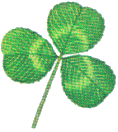 |
|
| Description: | ||||
| Up to 2-inch leaves are divided into three leaflets (trifoliate); bluish-green color; silvery-gray in Fall | ||||
| FLOWER DESCRIPTION |
Lady Bird Johnson Wildflower Center Ray Mathews Click on image to enlarge it |
||||||
| Flower Shapes Chart (JPG) | |||||||
| Color: Blue/Purple |
Shape: Papilionaceous (pea-shaped) |
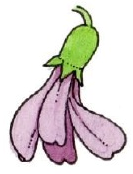 |
Bloom Months: April - July |
||||
| Description: | |||||||
| Congested in dense, erect, racemes (compact cluster of small flowers attached by short equal stalks at equal distances along a central stem) on stem 4-16 inches long; flower is 1 inch long | |||||||
| SEED DESCRIPTION |
USDA-NRCS PLANTS Database
Tracy Slotta Click on image to enlarge it |
||
| Type: Fruit - Dry Seed Pod |
Description: dark brown-blackish (when mature), 1-3-inch long, inflated, oblong, hardened pod containing loose seeds that rattle in the wind |
Months in Seed: Winter |
|
| Plant spreads by: | |||
| Seeds and Rhizomes/ Tubers/ Roots & Shoots In the fall, stems with seed pods break off at ground level and tumble in the wind to a new location. Over time, plants develop slowly expanding clumps with deep and extensive root systems. |
|||
ADDITIONAL RESOURCES FOR TEACHERS
| Quick Fact Sheet (Condensed Species Info) |
QR Code (Links to this Webpage) |
||
| Plant ID Sign (Text Only): Ready as-is PDF |
Plant ID Sign (Text Only): Editable Word Doc |
||
| Plant ID Sign (With Picture): Ready as-is PDF |
Plant ID Sign (With Picture): Editable Word Doc |
||
INFORMATION SOURCES FOR THIS PLANT
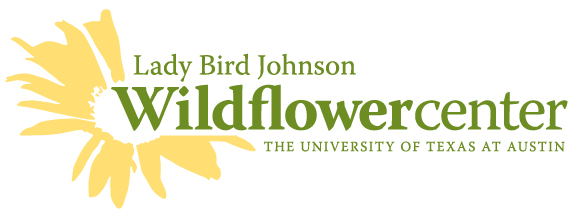 |
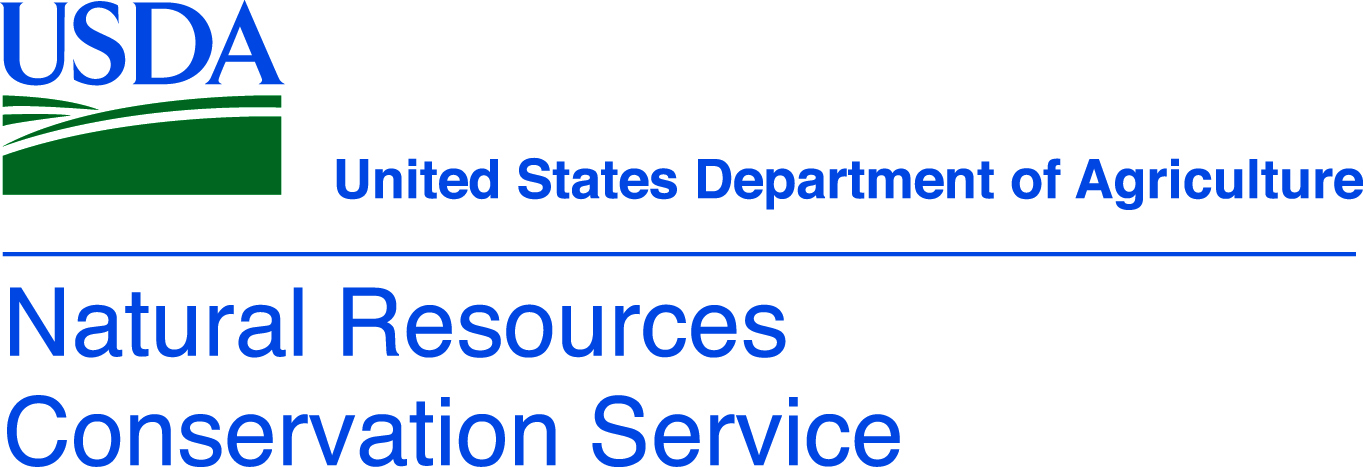 |
|
 |
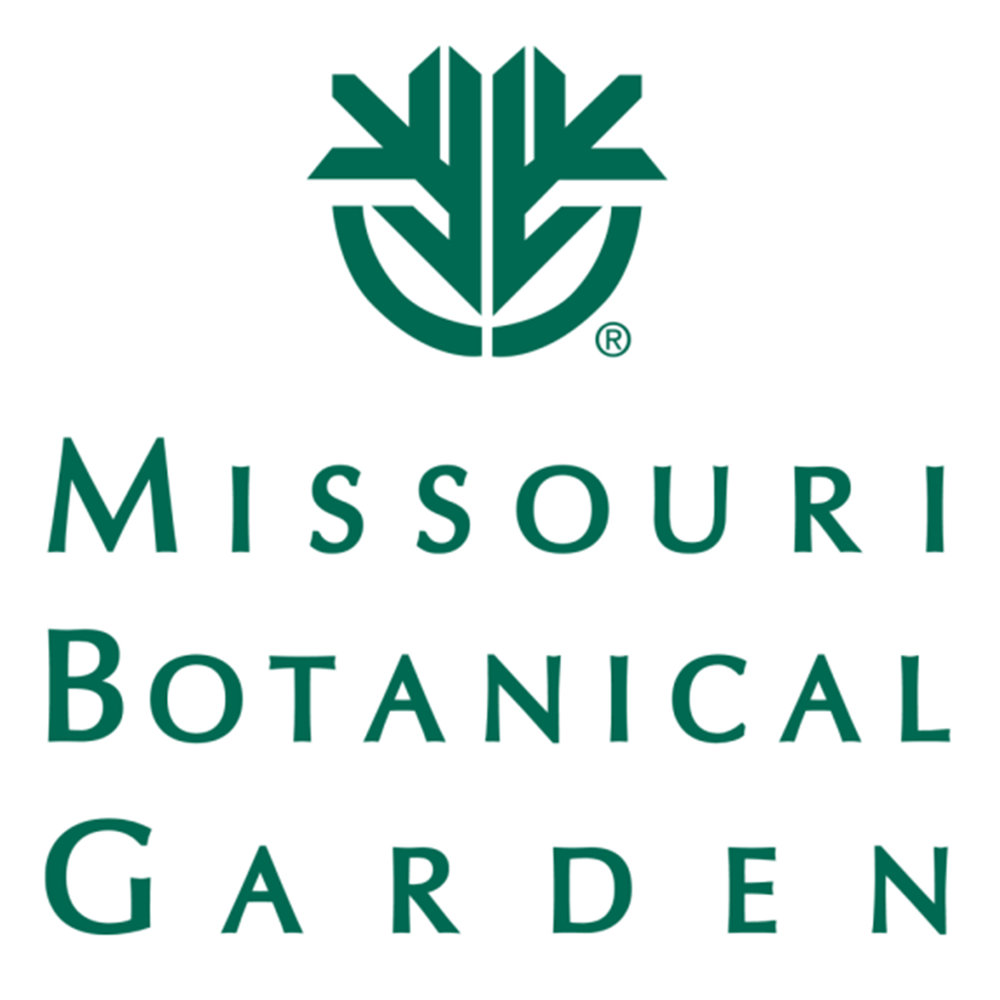 |
 Wildlife Tag
Wildlife Tag
